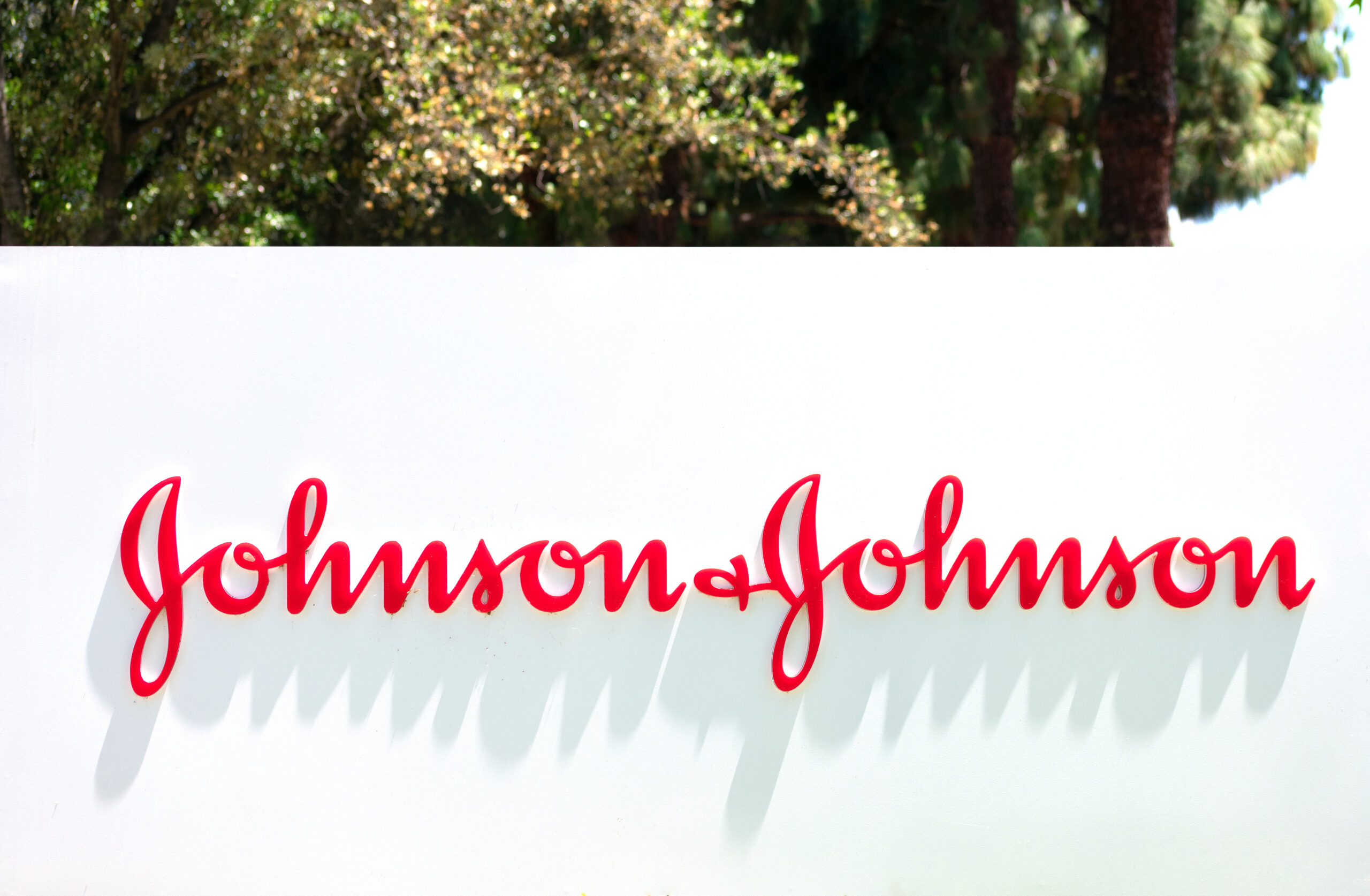On January 30, 2023, the Third Circuit Court of Appeals dismissed the Chapter 11 bankruptcy filing of Johnson & Johnson (J&J) subsidiary LTL Management, LLC, overturning U.S. Bankruptcy Judge Michael Kaplan’s 2022 ruling and dealing a potential setback to the pharmaceutical giant’s plan to deal with its talc-related liabilities. J&J’s strategy, commonly dubbed the “Texas Two-Step”, is designed to allow a parent company to create a subsidiary into which it transfers all its litigation liabilities and then declare Chapter 11 bankruptcy for the newly spun-off subsidiary. J&J contends that this process is the best alternative to ensure that all those with talc-related claims will be fairly compensated. Plaintiffs and their counsel argue, however, that the process is inherently unfair, allowing financially solvent parent companies to improperly avail themselves of the bankruptcy system, thereby shielding themselves from accountability for wrongdoing.
The controversial tactic has been used recently by a number of other corporations as well, including Georgia-Pacific (subsidiary Bestwall), French-based Saint-Gobain (DBMP), and Trane (Aldrich Pump and Murray Boiler). 3M has also used a similar tactic in pursuing bankruptcy for its subsidiary, Aearo Technologies. The tactic’s name comes from the Texas statute that first allowed companies to divide themselves into two entities, with one shouldering the liabilities while the other avoids bankruptcy and proceeds unfettered by the restrictions that usually accompany the bankruptcy process, such as damaged credit and vendor relationships and a diminished corporate reputation. Use of this “divisional or divisive merger” technique typically halts all ongoing lawsuits against the subsidiary; in the case of LTL, an extension of that injunction was also requested to cover parent J&J’s claims as well. As a result, plaintiffs become creditors and are forced to seek recovery from the bankruptcy court instead of through litigation.
In the case of J&J and LTL, parent company J&J is facing over 38,000 lawsuits filed by plaintiffs who claim that J&J’s talc products were contaminated with asbestos, causing them to develop a number of diseases, including ovarian and fallopian cancers and mesothelioma.
In response to the growing litigation, on October 12, 2021, J&J engaged in corporate restructuring that caused its original, wholly owned subsidiary Johnson and Johnson Consumer Inc. (“Old JJCI”) to be split into two new entities: LTL Management (an acronym for “Legacy Talc Litigation”) and Johnson & Johnson Consumer Inc. (“New JJCI”). According to the company, the purpose of this reorganization was to “globally resolve talc-related claims through a chapter 11 reorganization without subjecting the entire enterprise to a bankruptcy proceeding.” As a result, all cosmetic talc-related liability originally held by Old JJCI was assumed by LTL; two days later on October 14, LTL filed for bankruptcy in the Western District of North Carolina. As part of the process, New JJCI pledged to provide LTL with sufficient funds to cover the spinoff’s debts and to create a $2 billion trust to pay talc claims. New JJCI also argued it should benefit from the litigation stay precipitated by the Chapter 11 filing.
At a October 21 hearing, the presiding bankruptcy judge in North Carolina suggested a change of venue to New Jersey; this transfer was effected on November 10. Talc claimants then filed a brief in which they contested J&J’s use of the Chapter 11 process, arguing that the company had not acted in good faith. The motion was argued before U.S. Bankruptcy Judge for the District of New Jersey, Michael B. Kaplan, who ruled in favor of J&J, stating that LTL’s bankruptcy was not an abuse of the bankruptcy system. This decision was appealed to the Third Circuit where the three-judge panel reversed the Bankruptcy Court’s order denying the motion to dismiss and remanding the case to dismiss LTL’s Chapter 11 petition. In a 56-page opinion, the Third Circuit panel writes:
Our decision dismisses the bankruptcy filing of a company created to file for bankruptcy. It restricts J&J’s ability to move thousands of claims out of trial courts and into bankruptcy court so they may be resolved, in J&J’s words, “equitably” and “efficiently.” LTL Br. 8. But given Chapter 11’s ability to redefine fundamental rights of third parties, only those facing financial distress can call on bankruptcy’s tools to do so. Applied here, while LTL faces substantial future talc liability, its funding backstop plainly mitigates any financial distress foreseen on its petition date.
In addition, the panel notes:
“Chapter 11 is appropriate only for entities facing financial distress. This safeguard ensures that claimants’ pre-bankruptcy remedies—here, the chance to prove to a jury of their peers injuries claimed to be caused by a consumer product—are disrupted only when necessary.”
By focusing on the fact that LTL was not in sufficient financial distress to warrant bankruptcy protection, the court did not foreclose the use of the maneuver by other companies seeking similar protections.
The use by 3M of a similar bankruptcy tactic resulted in U.S. Bankruptcy Judge Jeffrey J. Graham of the U.S. Bankruptcy Court for the Southern District of Indiana issuing a decision in October, 2022 declining 3M subsidiary Aearo’s request to enjoin hundreds of thousands lawsuits against it despite its bankruptcy filing.
J&J has indicated it will seek an appeal before the U.S. Supreme Court, maintaining that the Chapter 11 bankruptcy process remains the fairest and most efficient way to handle its talc-related liabilities.







